Introduction
A broken jaw in dogs is a serious condition. It can lead to pain and complications if left untreated. Understanding the causes and treatment options is crucial for dog owners. Timely veterinary care can make all the difference in your pet’s recovery. And while you’re at it, why not keep your pup’s dental health in check with some Dog Dental Chews? They can help prevent periodontal disease, which is a contributor to jaw issues!
Summary and Overview
A broken jaw, or jaw fracture, can occur in two main types: mandibular (lower jaw) and maxillary (upper jaw) fractures. These fractures can stem from various causes, including trauma and periodontal disease. Common symptoms include difficulty eating, facial swelling, and excessive drooling. It’s vital to seek veterinary help if you suspect your dog has a broken jaw. Treatment options vary, and recovery can take several weeks, depending on the fracture’s severity. Speaking of recovery, providing your dog with Soft Dog Food Canned can make mealtime a lot easier for your furry friend during recovery!
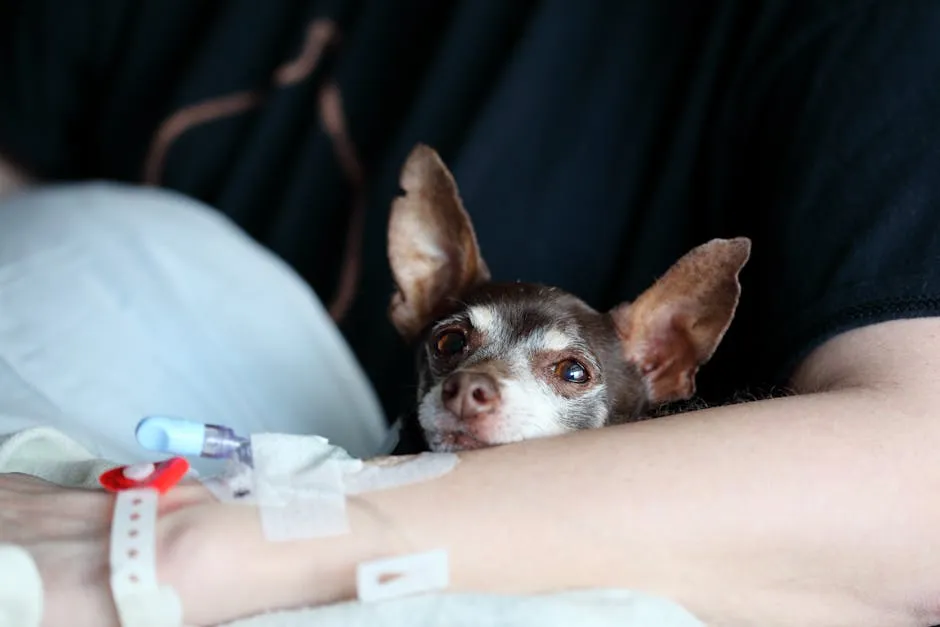
Causes of Broken Jaw in Dogs
Traumatic Injuries
Trauma is the leading cause of jaw fractures in dogs. Car accidents, dog fights, and falls can all lead to serious injuries. Statistics show that vehicular incidents are a significant contributor to these fractures. In fact, many dogs suffer from multiple injuries during such events. Understanding jaw fracture causes can help owners take preventive measures to keep their pets safe. A great way to ensure safety during travel is using a Dog Safety Seat Belt!
Periodontal Disease
Periodontal disease is another common cause of jaw fractures. This condition weakens the jawbone, making it more susceptible to injury. Dogs with advanced dental issues often face higher risks of fractures, even from minor incidents like bumping into furniture or chewing on toys. Regular dental care is essential to maintain your dog’s oral health and prevent these injuries. Research indicates that a large percentage of dogs experience some form of dental disease, underscoring the importance of preventive health measures. For more information on maintaining your dog’s dental health, check out this article on understanding canine dental health and home care tips.
Maintaining your dog’s dental health is crucial for preventing jaw fractures. Understanding canine dental health and home care tips can help you take the necessary steps.
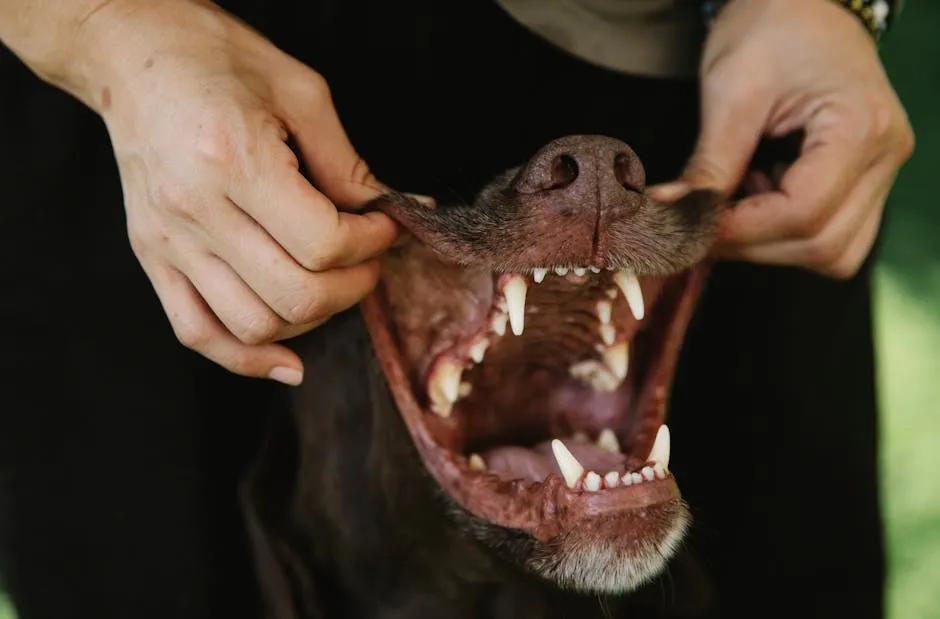
Symptoms of a Broken Jaw
Physical Signs
When a dog has a broken jaw, you’ll notice several physical signs. One key indicator is the inability to open or close the mouth properly. This could be due to severe pain or misalignment of the jaw. Facial swelling often accompanies jaw fractures, making the area look distorted. You might also see excessive salivation, which can sometimes be blood-tinged. Other observable symptoms include bleeding from the mouth or visible wounds, indicating serious trauma. These signs are crucial for identifying potential dog broken jaw symptoms early on. If you observe any of these signs of jaw fracture, seeking veterinary care is essential.
Behavioral Changes
Beyond the physical signs, watch for changes in your dog’s behavior. A dog with a broken jaw might refuse to eat, showing reluctance to chew or swallow food. You may also notice a decrease in energy levels, as pain affects their willingness to play or engage in activities. These behavioral signs of injury can be subtle but are important indicators of discomfort. Your dog’s mood may change, leading to irritability or withdrawal. Recognizing these dog pain indicators is vital for timely intervention and care. If you suspect your dog is in pain, do not hesitate to consult your veterinarian for help. And while you’re at it, consider a Dog Grooming Kit to keep your pup looking and feeling their best!
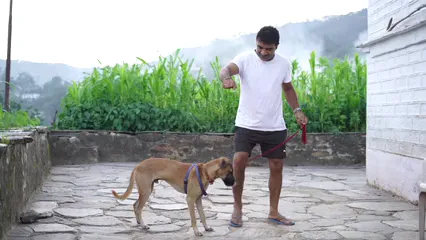
Diagnosis of Broken Jaw
Veterinary Examination
Diagnosing a broken jaw starts with a thorough veterinary examination. Your vet will assess your dog’s mouth and face for swelling, pain, and misalignment. They may also perform a neurological exam to rule out other injuries. Imaging tests like X-rays or CT scans play a critical role in diagnosing dog jaw fractures. These images help identify the fracture’s location and severity, guiding treatment decisions. Understanding the importance of a comprehensive veterinary assessment can ensure your dog receives the right care.
Additional Testing
In some cases, a dog with a broken jaw may have concurrent injuries requiring further evaluation. For instance, a traumatic event might also lead to chest injuries. Therefore, your vet may perform a comprehensive evaluation, looking for signs of internal injuries. This thorough approach ensures no associated injuries go unnoticed. Discovering additional issues early can significantly improve your dog’s overall health and recovery. Keeping an eye on your pet’s condition during this process is equally important. And speaking of keeping an eye on things, a Pet Camera with Treat Dispenser is a great way to monitor your dog’s recovery from afar!
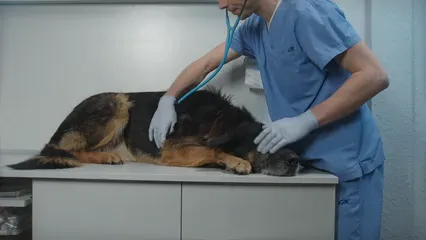
Treatment Options for Broken Jaw
When your dog faces a broken jaw, prompt treatment is essential. Treatment options vary based on the fracture’s type and severity. Understanding both surgical and non-surgical interventions can make a difference in your pet’s recovery.
Surgical Interventions
Surgical options are often necessary for complex fractures. Two common techniques include using wires, plates, and screws. Wires can stabilize the jaw by connecting teeth or bone fragments. Plates and screws provide a more rigid support for severe fractures. The choice of technique depends on the fracture’s complexity and location.
Surgery is usually indicated for fractures that are displaced or involve multiple fragments. If a fracture is unstable or affects both sides of the jaw, surgery becomes critical. Your veterinarian will assess the situation and recommend the best approach.
In many cases, dog jaw surgery aims to restore proper alignment. This helps to ensure that your dog can eat comfortably and avoid future complications. Overall, fracture repair techniques are designed to promote healing and return your pet to normal function.

Non-Surgical Treatments
Not all fractures require surgery. Non-invasive jaw treatments can be effective, especially for minor fractures. Conservative options include tape muzzles and acrylic splints. Tape muzzles help immobilize the jaw without invasive procedures. They are particularly useful for fractures with minimal displacement. You can also consider a Dog Muzzle for Safety to prevent further injury while healing!
Acrylic splints can also provide support. These splints are easier to apply and can stabilize the jaw effectively. They often require less surgical intervention than traditional methods, making recovery smoother for your dog.
Non-surgical methods are appropriate when fractures are stable and do not show significant displacement. Your veterinarian will evaluate your dog and recommend the best course of action. Conservative veterinary care can lead to successful healing without the need for extensive surgery.
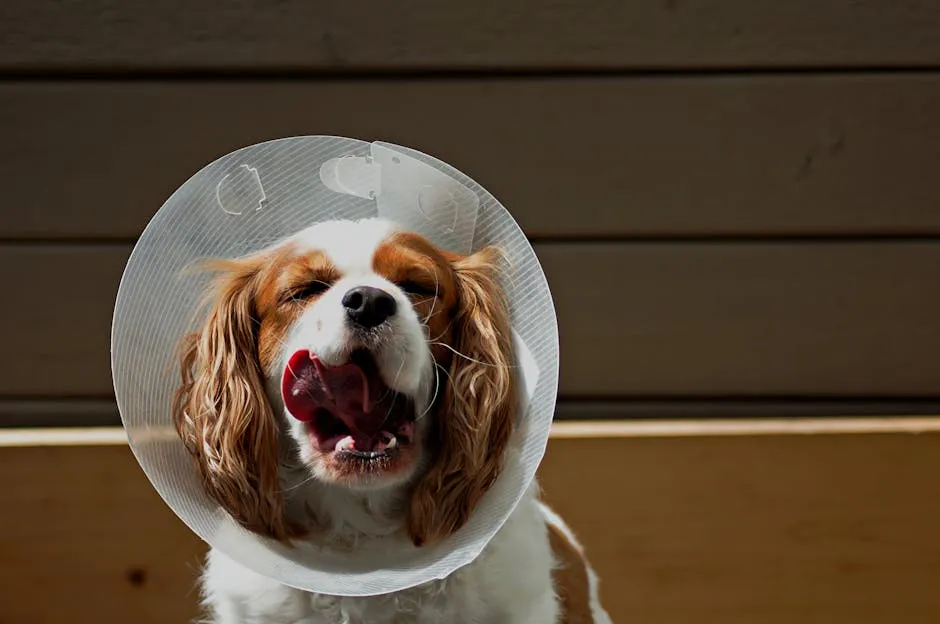
Post-Surgery Care
Post-operative care is vital for a successful recovery. After surgery, your veterinarian will prescribe medications to manage pain and prevent infection. Regular follow-up visits will help monitor your dog’s progress. These visits are crucial for assessing healing and adjusting treatment as needed.
At home, it’s important to create a calm environment. Limit your dog’s activity to prevent stress on the healing jaw. Monitoring your dog’s behavior is essential. Watch for signs of discomfort, such as reluctance to eat or excessive drooling.
Diet adjustments are also necessary. Soft food is often recommended during recovery. This minimizes strain on the jaw while it heals. Ensure that your dog stays hydrated and comfortable during this time. A Dog Carrier Backpack can be useful for transporting your pup to vet appointments while they recover!
Overall, effective post-operative care significantly boosts recovery chances. Your commitment to monitoring your dog will aid in a smooth transition back to normal activities. If you notice any concerning symptoms, contact your veterinarian promptly.
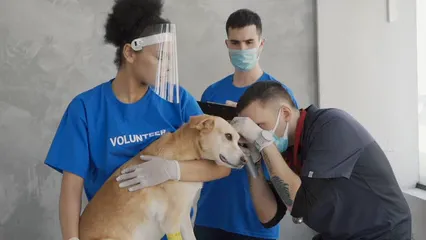
Feeding a Dog with a Broken Jaw
Dietary Adjustments
Feeding a dog with a broken jaw requires special attention. Start with soft food options to avoid pain during meals. Canned dog food, pureed vegetables, or homemade meals can be great choices. Always ensure the food is smooth and easy to swallow. You might want to check out Dog Food Storage Containers to keep your dog’s food fresh and ready to go!
Texture is key when adjusting your dog’s diet. A soft diet helps minimize stress on the jaw as it heals. Avoid crunchy kibble or hard treats that could cause more harm. Consider soaking dry food in warm water to soften it. This helps create a palatable mush that’s easier for your dog to eat.
Feeding tips for injured dogs also include offering smaller, frequent meals. This approach can encourage eating without overwhelming your pet. Monitor their eating habits closely. If your dog shows reluctance to eat or seems in pain, it’s crucial to consult your veterinarian for further guidance.

Use of Feeding Tubes
In some cases, a feeding tube may be necessary. This option is typically considered when a dog’s jaw injury is severe enough to prevent eating. Feeding tubes provide essential nutritional support while the jaw heals. You can find a reliable Feeding Tube for Pets that ensures your dog gets the nutrition they need!
Managing feeding tubes at home can seem daunting, but with guidance, it becomes manageable. Your veterinarian will provide detailed instructions for tube care and feeding. Keep the feeding tube clean and check for blockages regularly. Always follow the recommended feeding schedule to ensure your dog receives adequate nutrition.
If you notice any signs of discomfort or complications, reach out to your vet immediately. They can help adjust the feeding plan as your dog recovers.

Prognosis and Recovery
Factors Influencing Recovery
Recovery from a broken jaw depends on various factors. Age plays a significant role; younger dogs often heal faster than older ones. The overall health status of your dog also affects healing. Dogs with pre-existing conditions may experience delays.
The type of fracture is another critical factor. Simple fractures usually have a better prognosis than complex ones. Potential complications can arise during recovery, such as misalignment of the jaw or infections. Regular veterinary check-ups can help manage these issues promptly. And don’t forget about your pup’s mental health; engaging them with a Dog Puzzle Toy can keep their spirits up during recovery!

Long-Term Care
Long-term care is essential post-recovery. Schedule regular veterinary check-ups to monitor your dog’s healing progress. These visits allow your vet to assess the jaw’s alignment and overall health.
Preventive measures are vital to avoid future injuries. Ensure your dog receives proper dental care to maintain jaw strength. Regular dental check-ups can help identify issues before they escalate. Additionally, consider safety measures during walks or playtime. Keeping your dog leashed and supervised can reduce the risk of traumatic injuries. Prioritizing long-term health for dogs ensures they lead happy, healthy lives after recovery.

Prevention of Jaw Injuries in Dogs
Safety Measures
Keeping your dog safe from injuries is essential. Start by ensuring your dog is always leashed during walks. This simple step can prevent accidents with vehicles or other animals. Also, create a secure environment at home. Remove sharp objects and obstacles that could cause falls or injuries.
Playing is great for dogs, but choose safe toys. Avoid items that can splinter, as they may injure your dog’s mouth. Supervise playtime, especially during rough activities. You never know when a friendly game can turn into an accident. Also, consider investing in Dog Toys for Aggressive Chewers to prevent any accidental injuries during play!
Dental health is crucial for preventing jaw fractures. Regularly brush your dog’s teeth and provide dental chews. These practices help maintain strong teeth and gums. Weak jaws are more prone to injury, especially during play or chewing. For more insights on dog health, refer to our article about dog health issues.
Understanding common dog health issues is essential for prevention. Dog health issues can impact your dog’s overall well-being.
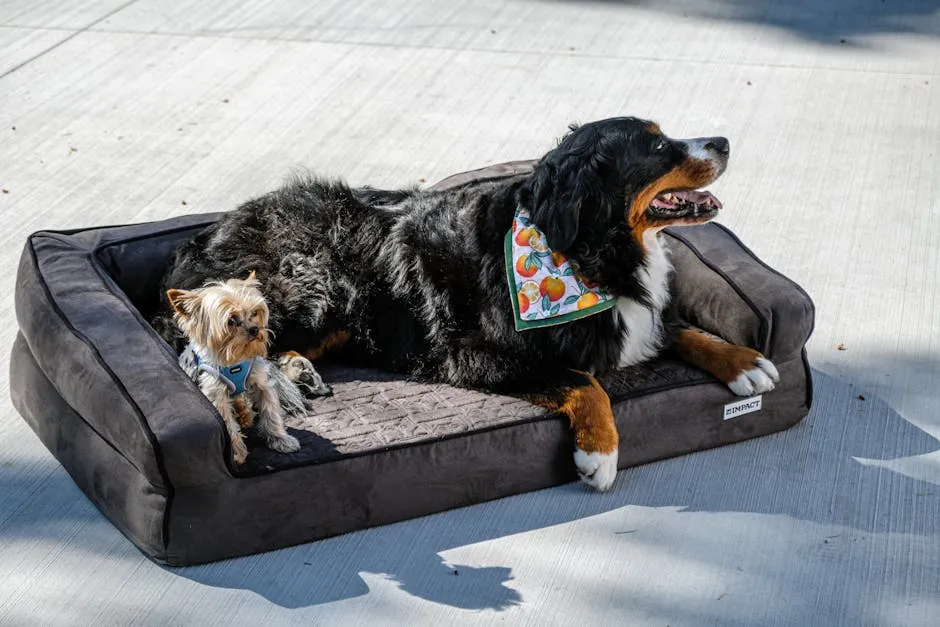
Regular Veterinary Care
Routine veterinary care is vital for your dog’s health. Schedule regular check-ups that include dental examinations. Your vet can spot potential dental issues early. Conditions like periodontal disease can weaken the jawbone, increasing the risk of fractures.
Monitoring your dog’s health changes is equally important. Keep an eye on their eating habits and energy levels. Any sudden changes could indicate underlying issues. Early detection leads to better outcomes. And if you’re looking for a great resource, check out a Dog Health and Wellness Book for more information!
Establishing a strong relationship with your veterinarian can enhance your dog’s health. Discuss any concerns you have about their well-being. Your vet can provide tailored advice on maintaining proper dental and overall health.

Conclusion
Understanding the risks of jaw fractures in dogs is crucial. Knowing how to prevent these injuries can protect your furry friend. If you notice any symptoms, seek veterinary care immediately. Remember, preventive measures are key to keeping your dog happy and healthy for years to come. And don’t forget to have some fun while keeping them safe! A Dog Toy can make a world of difference in their happiness!
Please let us know what you think about our content by leaving a comment down below!
Thank you for reading till here 🙂
All images from Pexels





